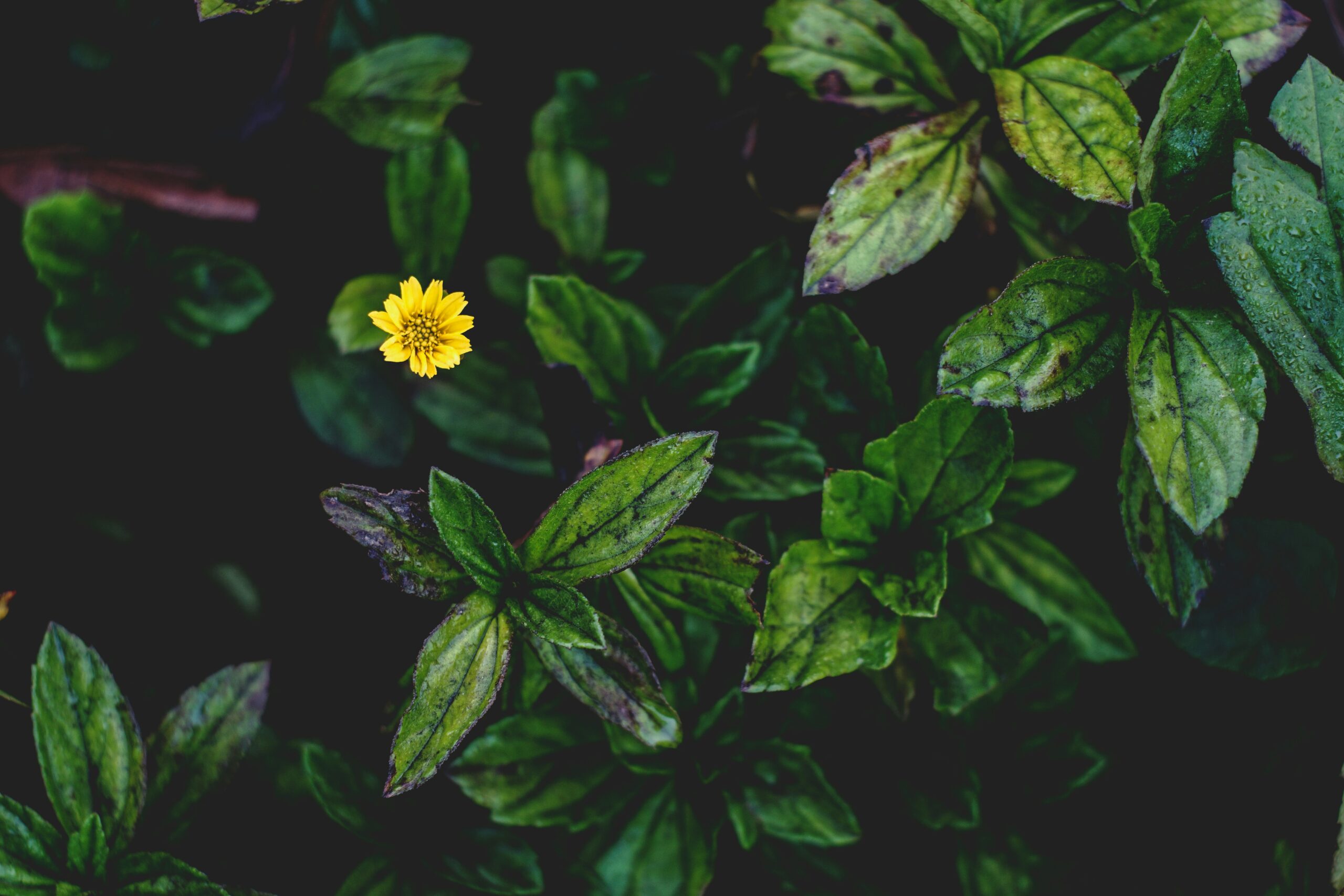
Effective pest management is crucial for maintaining healthy crops, especially when dealing with persistent pests like the rice leaf roller and fungus gnat. These pests can cause significant damage to crops, impacting yields and overall plant health. Fortunately, organic solutions offer a sustainable approach to managing these threats. This blog explores effective organic methods to protect crops from rice leaf rollers and fungus gnats, providing actionable strategies and insights to ensure a thriving garden or field.
Understanding the Threats
Rice Leaf Roller
The rice leaf roller (Cnaphalocrocis medinalis) is a notorious pest of rice crops:
-
Appearance: The larvae are small, greenish caterpillars that roll and web the leaves of rice plants.
-
Damage: They cause direct damage by feeding on the leaf tissues, which can lead to reduced photosynthesis and stunted growth.
-
Lifecycle: The pest undergoes a complete metamorphosis with multiple stages, including egg, larva, pupa, and adult.
Fungus Gnat
Fungus gnats (Bradysia spp.) are common pests in moist soil environments:
-
Appearance: Small, dark flies with long legs and antennae often found around damp soil.
-
Damage: The larvae feed on plant roots and fungi in the soil, causing poor root development and plant stress.
-
Lifecycle: Fungus gnats have a rapid lifecycle with multiple generations per year, making them difficult to control.
Organic Solutions for Rice Leaf Rollers
Biological Control Agents
Biological control involves using natural predators or parasites to manage pests:
-
Trichogramma Wasps: These tiny parasitic wasps lay eggs inside the eggs of the rice leaf roller, preventing them from hatching. Releasing Trichogramma wasps in rice fields can significantly reduce rice leaf roller populations.
-
Predatory Beetles: Beetles such as Calosoma spp. Feed on rice leaf roller larvae. Introducing these beetles can help control the pest population.
Neem Oil
Neem oil is an effective organic solution with multiple pest-fighting properties:
-
Action: Contains azadirachtin, which disrupts the development and feeding of pests.
-
Application: Spray neem oil on rice plants, focusing on the undersides of leaves where pests are most active. Reapply every 7-10 days, especially after rainfall.
Insecticidal Soap
Insecticidal soap is another safe and effective option:
-
Action: Works by breaking down the outer protective layers of soft-bodied insects, leading to dehydration and death.
-
Application: Apply insecticidal soap directly to infested areas of the rice plants. Ensure thorough coverage for best results.
Cultural Practices
Adopting specific cultural practices can help prevent rice leaf roller infestations:
-
Crop Rotation: Rotate rice crops with other plants to disrupt the life cycle of the rice leaf roller.
-
Field Management: Maintain proper water management and remove debris where pests might breed.
Integrated Pest Management (IPM)
Combining Strategies
An integrated approach combines multiple organic strategies for more effective pest control:
-
Monitor and Identify: Regularly inspect your crops for signs of rice leaf rollers and fungus gnats. Proper identification is key to applying the right control measures.
-
Use Multiple Methods: Combine biological control, organic pesticides, and cultural practices to manage pests comprehensively.
-
Adjust as Needed: Be flexible and adjust your strategies based on pest populations and the effectiveness of treatments.
Organic Solutions for Fungus Gnats
Beneficial Nematodes
Beneficial nematodes are microscopic organisms that target gnat larvae:
-
Types: Species such as Steinernema feltiae are effective against fungus gnat larvae.
-
Application: Nematodes should be applied to the soil, where they will seek out and infect gnat larvae. Follow application instructions for optimal results.
Diatomaceous Earth
Diatomaceous earth is a natural powder that helps control fungus gnats:
-
Action: Abrasive particles in diatomaceous earth damage the exoskeletons of gnats, leading to dehydration.
-
Application: Dust diatomaceous earth on the soil surface and around plant bases to target gnats and larvae.
Organic Soil Amendments
Improving soil health can help manage fungus gnats:
-
Compost and Organic Matter: Use well-composted organic matter to improve soil structure and reduce the conditions that favor fungus gnat development.
-
Proper Drainage: Ensure the soil drains well to prevent excessive moisture, which can attract and sustain fungus gnat populations.
Yellow Sticky Traps
Yellow sticky traps help monitor and control adult gnats:
-
Action: Gnats are attracted to yellow and become stuck to the traps.
-
Application: Place traps near infested areas to capture adult gnats and reduce their numbers. This also helps monitor the severity of the infestation.
Embrace Sustainable Solutions for Pest Management
Managing pests like rice leaf rollers and fungus gnats requires a proactive and integrated approach. You can effectively control these pests by combining organic solutions while promoting a healthier and more sustainable environment.